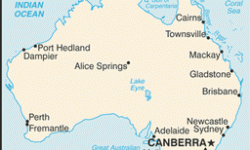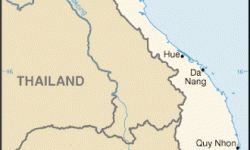Quantifying and Describing the South and South East Asian Illicit Antiquities Trade: Australia as an Overlooked Destination?
Chappell, D., and Huffer, D. (2013) ‘Quantifying and Describing the South and South East Asian Illicit Antiquities Trade: Australia as an Overlooked Destination?’, CEPS Briefing 24
The illicit antiquities trade, especially concerning smaller, portable artefacts deliberately stolen from archaeological sites, temples and museums, remains the greatest threat to the global archaeological record. To date, documenting and interdicting this trade has been severely restricted, primarily due to lax or conflicting enforcement practices, national and international laws, and an incomplete understanding of the size and scope of the market in both ‘supply’ and ‘demand’ countries. Asia, and especially South East Asia, is “on Australia’s doorstep.” Recent events (discussed below) suggest that Australia is an overlooked destination for illicitly obtained Asian-region antiquities. The overarching and immediate goals of this project, therefore, are to begin quantifying and describing the licit and illicit Australian antiquities market associated with the South East Asian region, as well as to collect preliminary data on the trade from one specific country -Vietnam.
In this Briefing Paper, the reasons for selecting Vietnam as a detailed study are noted, together with proposed plans for ‘in country’ field research. Following this, a preliminary analysis of the nature and scope of the Australian antiquities market is undertaken, including an examination of a recent case, that of BC Galleries (Vic) Pty Ltd v Commonwealth of Australia (BCG 2012), to illustrate deficiencies in the existing cultural heritage protection laws in Australia, and especially the current limited capacity to repatriate looted objects to their country of origin. The paper concludes with observations on the need for reform in both the area of legislation and enforcement policy to ensure Australia fulfils its national and international cultural heritage protection obligations.


